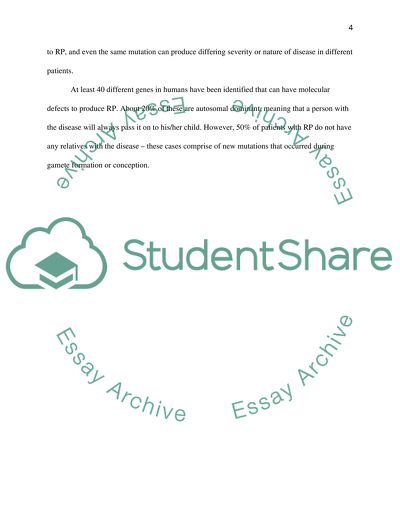Cite this document
(“An Information Booklet For Parents Of A Child Diagnosed With Retinitis Essay”, n.d.)
Retrieved from https://studentshare.org/health-sciences-medicine/1445232-an-information-booklet-for-parents-of-a-child
Retrieved from https://studentshare.org/health-sciences-medicine/1445232-an-information-booklet-for-parents-of-a-child
(An Information Booklet For Parents Of A Child Diagnosed With Retinitis Essay)
https://studentshare.org/health-sciences-medicine/1445232-an-information-booklet-for-parents-of-a-child.
https://studentshare.org/health-sciences-medicine/1445232-an-information-booklet-for-parents-of-a-child.
“An Information Booklet For Parents Of A Child Diagnosed With Retinitis Essay”, n.d. https://studentshare.org/health-sciences-medicine/1445232-an-information-booklet-for-parents-of-a-child.


